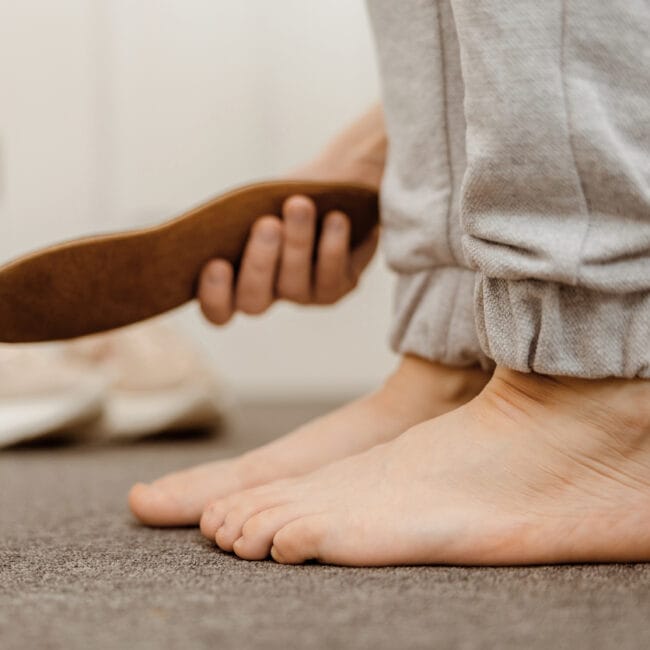
Whether you want to have a workout system, increase your fitness levels or just get into better shape, there are plenty of videos, downloads and other sources to help you do this. But if you want a system that has been recognised for its effectiveness and ease to get into, then Pilates has to be near the top of the list. But what is Pilates and what benefits does it offer?
What is Pilates?
Back in the 1920s, a German migrant named Joseph Pilates arrived in New York. He opened a studio where he taught his own system that blended gymnastics, boxing and Greco-Roman wrestling along with other western forms of exercise. He believed that mental and physical health were closely connected and his system, that he called Contrology, helped work on this.
Modern Pilates has a focus on core strength to improve fitness as well as making people feel better. The system makes use of a mat as well as specialist equipment including the Reformer, the Cadillac and the Wunda Chair.
One of the things that has made Pilates so popular is that it is accessible for all ages and all levels of fitness. It can be used by elite athletes right down to ordinary people with medical conditions looking to strengthen their bodies. However the most important part of the system is getting advice before you start.
What Can Pilates Do For Me?
If you have a medical or physical condition or you just haven’t exercised for a long time, then the best starting point is to speak to an expert such as a physiotherapist. They can look at your body with you, discuss what you want to work on and help you figure out what to do to achieve that aim. For example, for some people Pilates has been shown to improve posture, muscle tone and balance as well as increase mobility and relieve stress.
One of the top reasons that people seek to take up Pilates is to lose weight and this can be done through muscle strengthening activities. There are various levels to suit the person’s needs ranging from gentle to dynamic and they all give a solid workout. By combining the exercises recommended by your physio with a healthy diet and perhaps some additional exercise such as swimming or walking, losing weight is more than achievable.
Back pain is another common reason for taking up Pilates, particularly for those with non-specific lower back pain. In this case, apparatus that supports the person while performing certain exercises is important and needs to be tailored to them personally. A physio will be able to look at the problems with your back and advise you what exercises will be beneficial.
Pilates vs Yoga
Some people ask what the difference between these two systems are and the answer is that yoga focuses on relaxation and medication. Another difference is that Pilates uses mats and different apparatus where yoga doesn’t. Finally, Pilates exercises are about movement and don’t use the static poses that are a part of yoga and may not suit some people.














